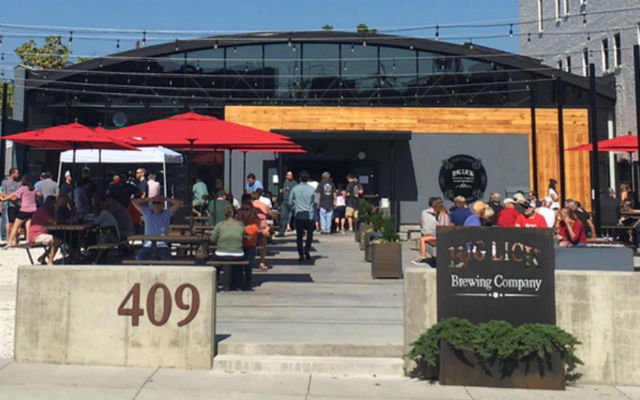
With a yearly output of about 100 barrels and the craft beer scene starting to gain steam in Roanoke, Virginia, Bryan Summerson, the President and Head Brewer of Big Lick Brewing, has made a big change.
The brewery unveiled its new home last weekend, switching from a two-barrel system in the old brewery down the road to a 15-barrel facility located in a central and high-traffic area of Roanoke.
“Our annual production at the original space was around 100 bbls per year,” Summerson said. “Here, we brewed that in the first three weeks we were brewing.”
Brewer visited the brewery just prior to its official opening and Summerson pointed out the amenities that he wanted the brewery to have as the western Virginia city is becoming fertile craft beer industry ground.
Those major keys were: a large outside seating area; to be downtown in a high traffic area; a brewhouse big enough to allow the BLBC team to eventually distribute locally and possibly regionally; a large and easily accessible cold room; and to have a space that can be utilized for private events and parties.
All of those were checked off, which will be a boon to the three-year-old brewery as it will have to compete locally with not just a veteran brewery like Parkway Brewing in nearby Salem, but also Starr Hill’s new taproom and pilot brewery, Ballast Point’s east coast facility and Deschutes’ new brewery that is expected to open in 2021. The Oregon brewery already has set up a taproom in the downtown area as well to start brand recognition ahead of the facility’s opening.
“The Roanoke craft beer scene has grown by leaps and bounds in just the three years that we’ve been in business,” Summerson said.
Summerson points to the gentrification/revitalization of buildings and neighborhoods in downtown Roanoke as one key to the shift. Another is the opening of the VA Tech/Carilion Research Institute area.
“This has attracted thousands of people to move downtown, lots of whom are young professionals,” he said. “Lots of well-paid people who have money to spend on enjoying craft beer and all that goes along with it.”
So with those factors, Summerson and his crew decided to go from a 2-bbl system to 15 because they wanted to step up into a production size brewery, instead of just a taproom.
“We got into the first space with minimal investment, not so with our current space,” Summerson said. “We also are wanting to distribute, but are hesitant to sign with a distributor. Once we find the right fit, we’ll begin that phase also.”
The goal now has been to get as many beers brewed and packaged before the Oct. 14 grand opening date.
“We wanted to have a good variety of beer, as well as ample quantities of it,” Summerson said, pointing out that canning was integral to the process as well. He wanted consumers to be able to buy the beer on-site during the debut and take it places like the local outdoors, or to other cities or even find themselves in beer trades to help bring on growth in various ways.
With plans to have 12-18 beers on tap soon, the addition of a crowler machine can expanded on options that can leave the taproom as well.
“Since we don’t distribute yet, our goal is to build up as many styles as we can to have on tap in the brewery,” Summerson said. “Once we start distributing, I’m sure our goals and production rates will change.”
Scaling the beers from two to 15 barrels has been fairly easy he said.
“I still use BeerSmith, and it has a scaling function that has worked out nicely,” he said. “The challenge has been hop utilization, which I’ve also been lucky with. At the original brewery, we served out of brite tanks, which was a quick rack and carbonate. Here, we have mobile canners come and can about 50 cases of 16 oz. cans, then we keg everything that’s left. So, exponentially more time is spent in packaging/cleaning.”

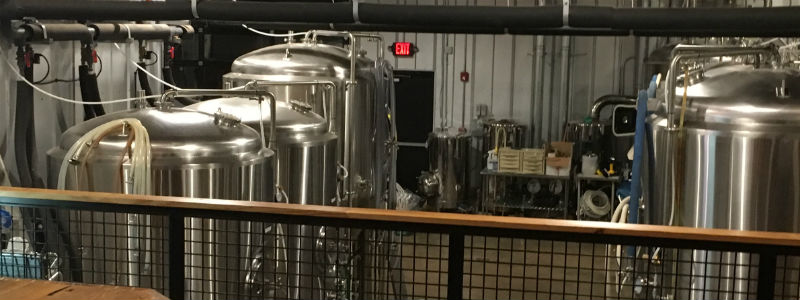
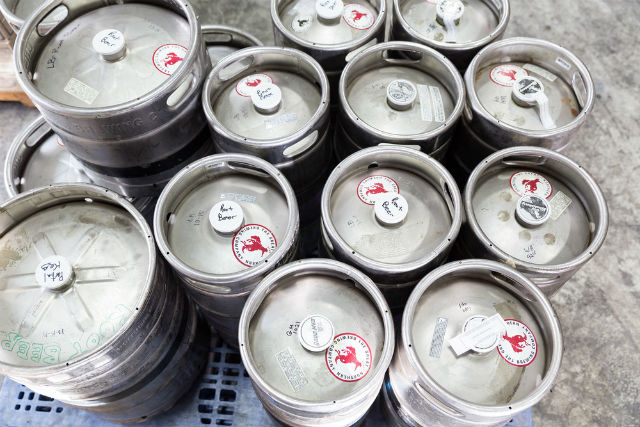
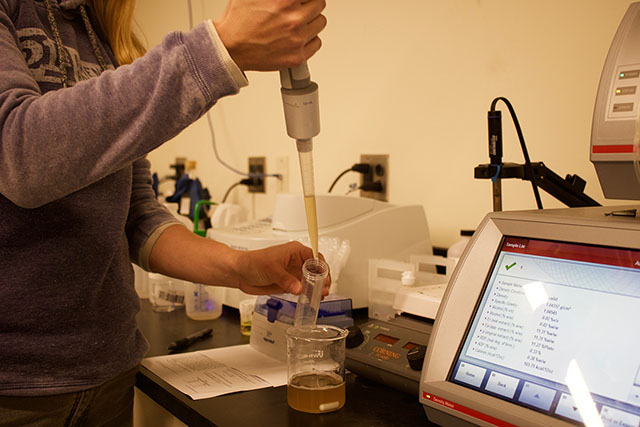
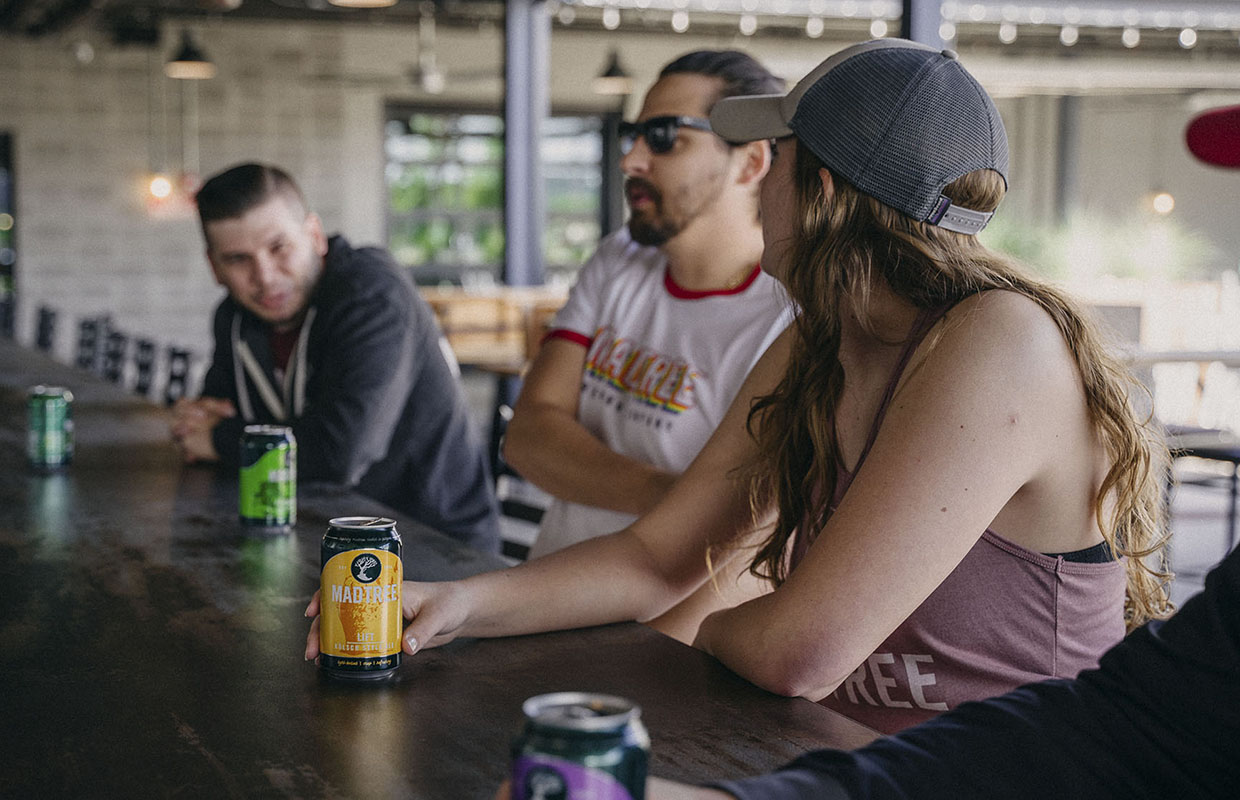
Be the first to comment